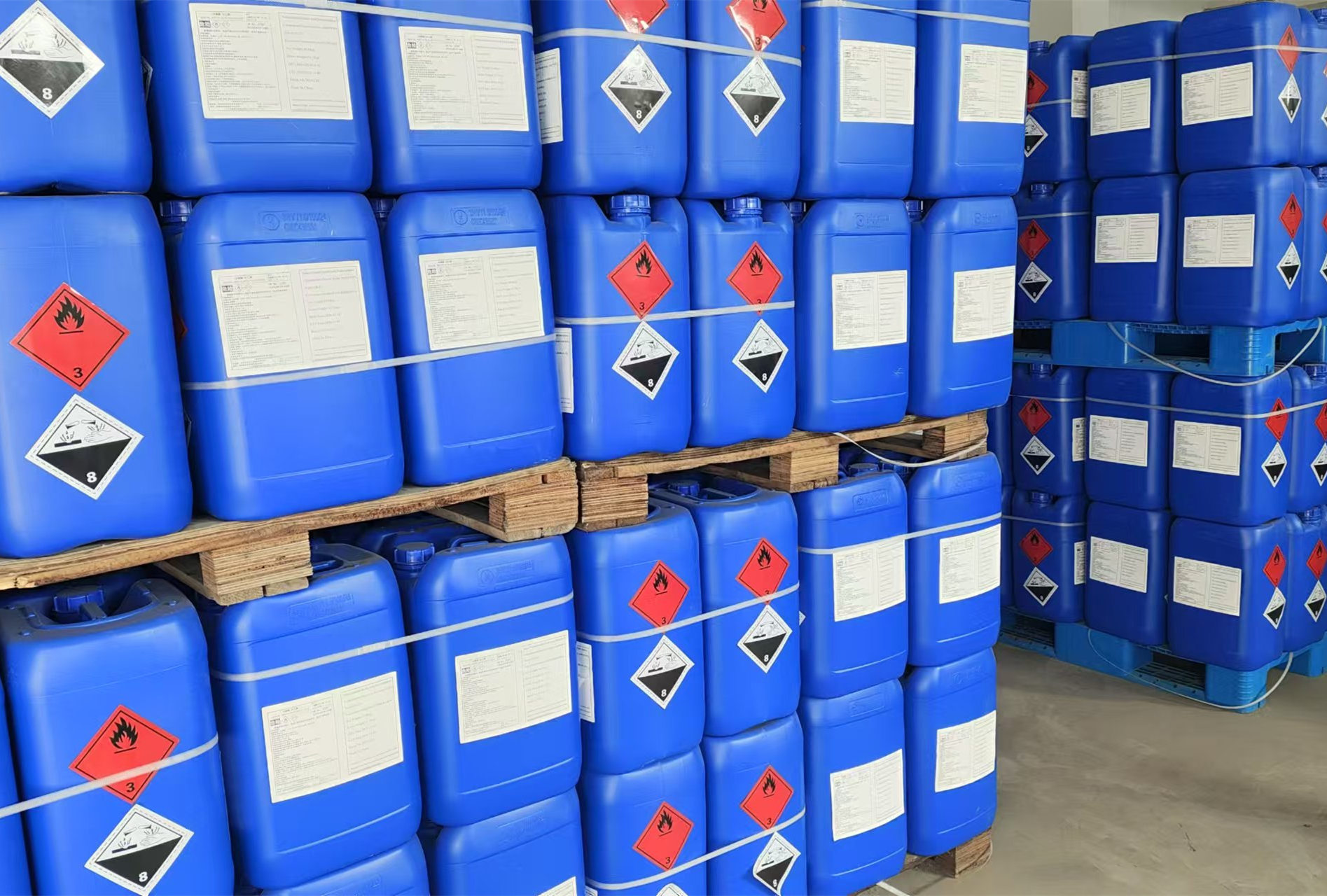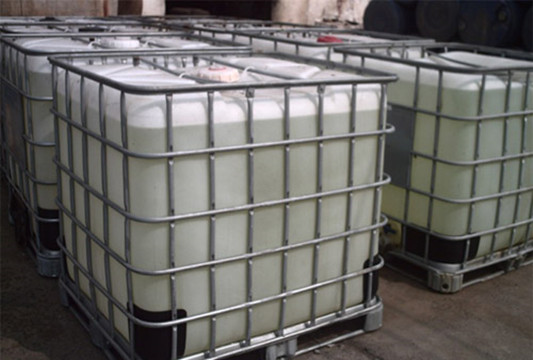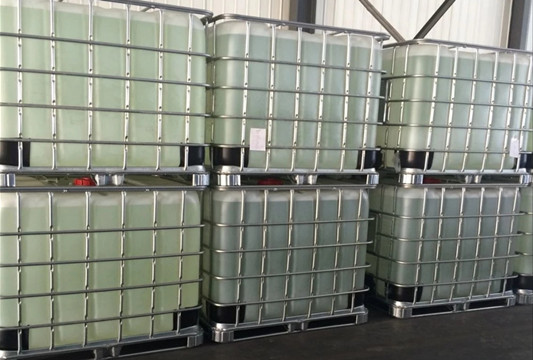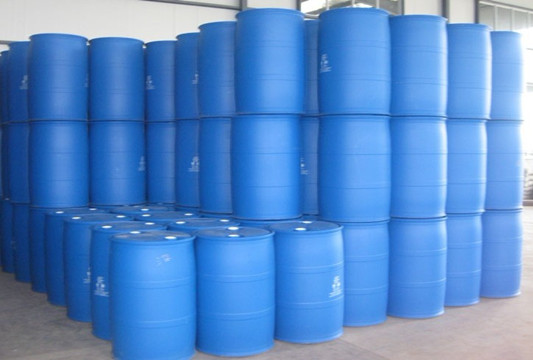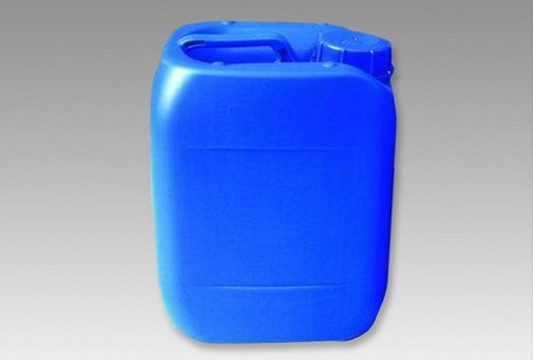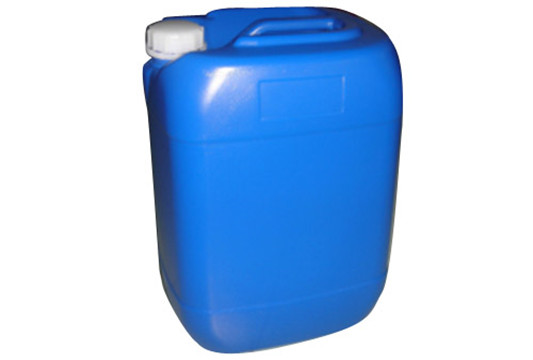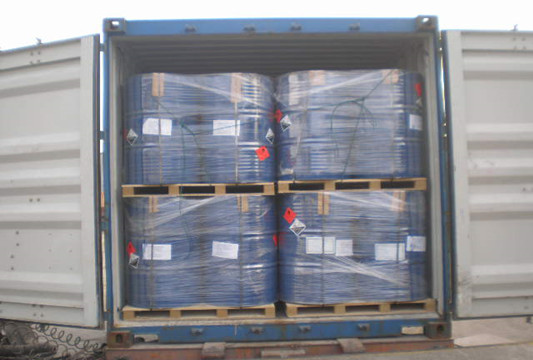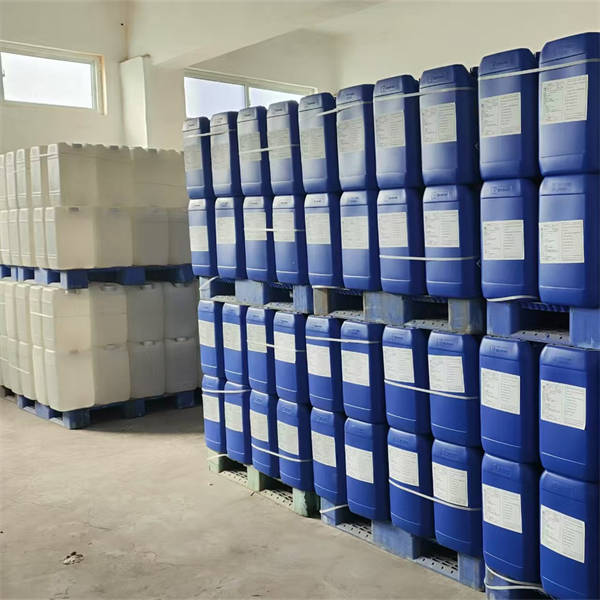

Cinnamic aldehyde CAS 104-55-2
Descriptive: Cinnamic aldehyde occurs naturally in essential oils such as Sri Lankan cinnamon oil, cinnamon oil, patchouli oil, hyacinth oil and rose oil. Cinnamaldehyde has both cis and trans isomers, and commercially available cinnamaldehyde, either natural or synthetic, is the trans form.
-
CAS No.: 104-55-2
-
Molecular formula: C9H8O
-
Samples: Free samples under 100g
Specifications:
| Item | Specification |
| Purity | ≥99% |
| Density | 1.05 g/mL at 25 °C (lit.) |
| Melting point | -9 - -4 °C (lit.) |
| Boiling point | 250-252 °C(lit.) |
| Refractive index | n20/D 1.622(lit.) |
| Flash point | 160 °F |
| Vapor pressure | 0.0±0.5 mmHg at 25°C |
| PSA | 17.07000 |
| logP | 1.89870 |
| Appearance | Yellow liquid with an odour of cinnamon |
Package:
30L drum/200L drum / 1000L IBC, ISO Tank etc.
Application:
1). Flavoring Agent: Widely used in baked goods, candies, and chewing gum to impart characteristic cinnamon aroma.
2). Preservative: Exhibits antimicrobial properties effective against foodborne pathogens (e.g., E. coli, Staphylococcus aureus), extending shelf life.
3). Fragrance Component: Incorporated into perfumes, soaps, and shampoos for warm, woody notes.
4). Antimicrobial Agent: Used in toothpaste and mouthwash formulations to combat oral pathogens.
5). Antifungal/Antibacterial Activity: Studies indicate effectiveness against Candida albicans and other microbes, suggesting potential for topical anti-infective formulations.
6). Insect Repellent: Demonstrates repellency against mosquitoes (e.g., Aedes aegypti), making it suitable for natural insect-repellent products.
7). Biopesticide: Acts as a plant-derived insecticide for controlling stored-product pests (e.g., rice weevils).
8). Chemical Intermediate: Serves as a precursor for synthesizing cinnamic acid, cinnamyl alcohol, and other flavor/fragrance derivatives.


